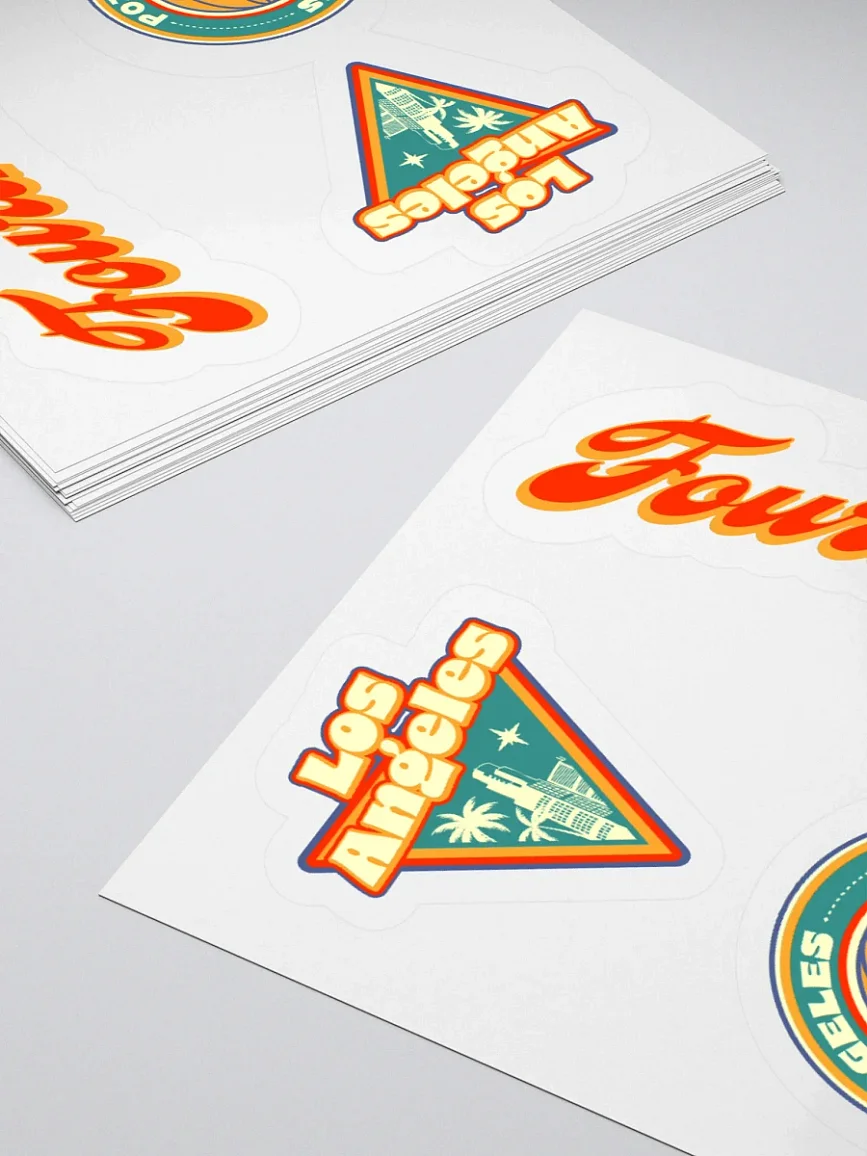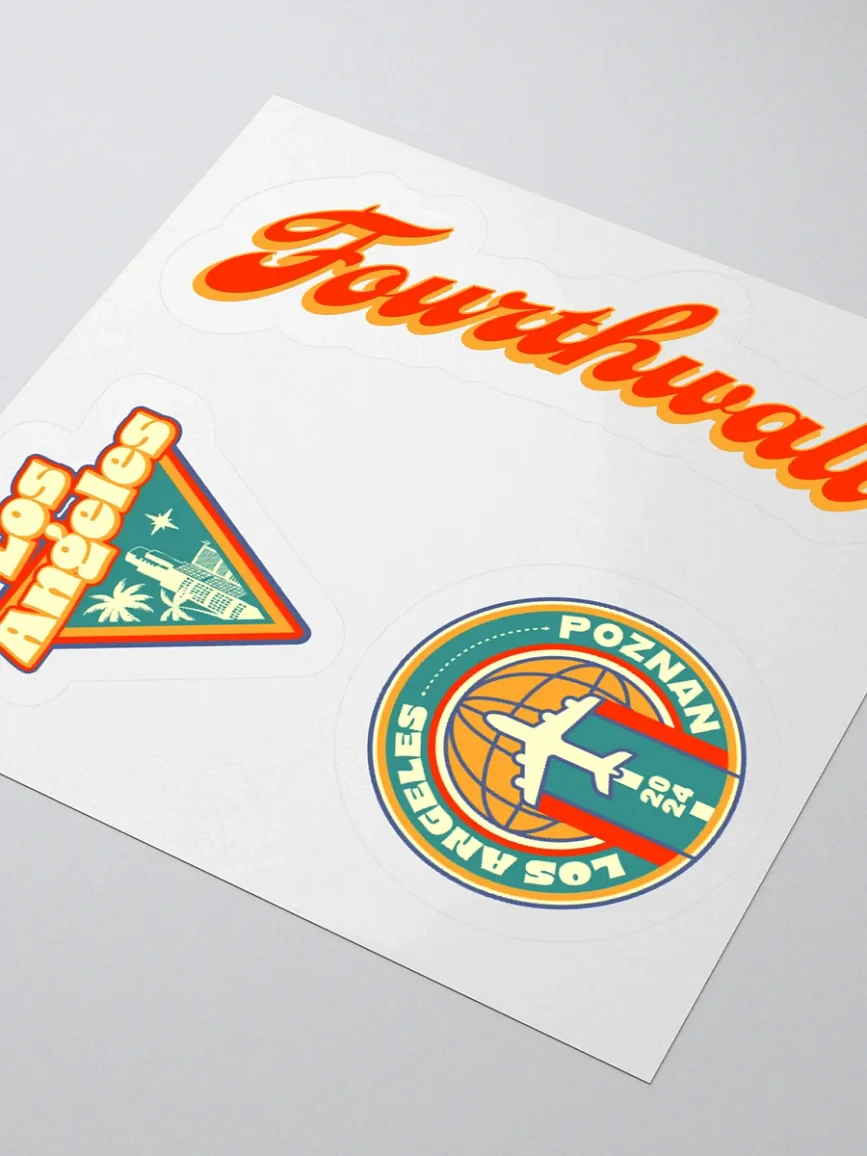7 App Monetization Strategies for Maximum Revenue in 2025

Did you know the global app market is projected to reach a staggering $614.40 billion by 2026? This impressive figure presents a vast opportunity for industries and creators looking to develop their own mobile apps, highlighting the potential for substantial revenue generation.
As the demand for innovative applications continues to grow, creators can leverage this thriving ecosystem to transform their ideas into profitable ventures. Whether you're in gaming, e-commerce, health, or productivity, the possibilities for enhancing your brand and reaching wider audiences through a mobile app are immense.
In this article, we’ll share the knowledge needed to navigate the world of app monetization effectively. We’ll explore various monetization models available to you, detail their advantages, and offer practical tips to optimize your strategy for maximum profit. With the right approach, you can capitalize on the booming app market and take your content creation efforts to new heights.
What is Mobile App Monetization?

Mobile app monetization refers to the strategies and methods developers use to generate revenue from their mobile applications. This can include various approaches such as in-app purchases, where users buy virtual goods or features; subscription models, where users pay a recurring fee for access to premium content or services; advertising, where the app displays ads from third-party networks and earns revenue based on impressions or clicks; and sponsorships or partnerships, where brands pay to promote their products within the app. Effective monetization balances user experience with revenue generation to ensure sustainable growth and profitability for the app.
Why is it Important?
App monetization is essential for content creators as it establishes a sustainable revenue stream that supports their creative endeavors. By generating income through various methods such as in-app purchases, subscriptions, or ads, creators can fund ongoing content development and enhance their app's features. The benefits of effective monetization include:
- Sustainable Income: Provides a reliable source of revenue to support ongoing projects and creative initiatives.
- Improved User Experience: Allows for investment in better app features, functionality, and high-quality content that engages users.
- Increased Visibility: Enhances app visibility in app stores, leading to higher download rates and attracting a larger audience.
- Partnership Opportunities: Attracts potential collaborations with brands and advertisers seeking to reach the app's user base.
- Brand Scalability: Facilitates the expansion of the brand, enabling creators to grow into new markets and explore diverse content offerings.
- Community Engagement: Empowers creators to invest in initiatives that generate user loyalty and build a dedicated community around their app.
- Competitive Advantage: Provides the resources necessary to innovate and stay ahead of competitors in a rapidly evolving market.
7 Best Mobile App Monetization Strategies In 2025
Choosing the most effective monetization strategy depends on your app's unique features, target audience, and functionalities. Here's a look at 7 of the leading app monetization strategies to consider:
1. In-App Purchases

In-app purchases allow users to pay for additional features or functionalities within the app itself. This can be anything from extra lives in a game to premium filters in a photo editing app. The key is to offer a valuable free tier that keeps users engaged and incentivizes them to upgrade for an enhanced experience. Think of freemium games that offer limited levels for free, with additional levels or special characters available through in-app purchases.
2. Affiliate Marketing
Affiliate programs allow you to promote third-party products or services within your app and earn a commission on each sale or referral. For example, a fitness app might recommend workout apparel from a sporting goods store through an affiliate link. Carefully select products or services relevant to your app's niche and audience to ensure a natural fit that benefits both users and your revenue stream.
3. Subscriptions

The subscription model offers app features and content in exchange for a recurring fee, typically paid monthly or annually. App subscriptions are ideal for apps that deliver ongoing value or provide access to exclusive, regularly updated content. News apps, fitness trackers with personalized workout plans, and language learning apps with new lesson releases all benefit from subscription models.
4. Paid App Model
The paid app model requires users to pay a one-time fee to download and use the app. While still around, this model's popularity has declined compared to others. Consumers are often hesitant to pay upfront without trying an app first. However, this model might still be suitable for niche apps with a dedicated user base willing to pay for premium features from the get-go.
5. Freemium Model

The freemium model provides a basic version of your app for free, with limited features or functionalities. Users who find value with a free app tier are then incentivized to upgrade to a premium version that unlocks the full range of features. This model thrives on offering a compelling free experience that leaves users wanting more. Spotify, for example, offers one month of free streaming to get new users hooked on the music app. Once their trail is over, users have a choice to automatically be charged to use the entire platform or cancel their subscription.
6. Data Monetization
Data monetization involves collecting and analyzing user data for targeted advertising or market research purposes. This data is anonymized and aggregated to provide valuable insights to advertisers or market research firms. It's crucial to obtain user consent and prioritize responsible data practices to maintain user trust and privacy.
7. Advertising

In-app advertising allows you to integrate ads from third-party advertisers into your app. These ads can come in various formats, such as banner ads, interstitial ads (displayed between screens), or rewarded video ads (users receive in-app rewards for watching a short video ad). The key here is to strike a balance – generate revenue through in-app advertising without disrupting the user experience. Nobody enjoys intrusive ads that block content or hinder app functionality.
3 Tips for Mobile App Monetization to Boost Profit
Now that you're equipped with a toolbox of app monetization strategies, here are 3 key tips to optimize your approach and maximize profit:
- Track User Behavior and Preferences: Leverage analytics tools to understand how users interact with your app and what features resonate most. This data is invaluable for tailoring your monetization strategy. For instance, if in-app purchases for a specific feature are lagging, analyze usage patterns and consider adjusting the pricing or functionalities offered.
- A/B Testing and Experimentation: Don't be afraid to experiment! A/B testing allows you to compare different versions of app elements, such as pricing structures, in-app purchase options, or ad placements. By analyzing user behavior in response to these variations, you can identify the most effective approach to drive revenue.
- Prioritize User Experience: Remember, a positive user experience is paramount. While monetization is essential, intrusive tactics that disrupt user flow can backfire and lead to app churn (users abandoning the app). Strive for a harmonious balance – generate revenue without compromising the user experience you've meticulously crafted.
Frequently Asked Questions
Here are some answers to common questions about app monetization:
Which monetization strategy is best for my app?
There's no one-size-fits-all answer. The best strategy depends on your app's features, target audience, and goals. Consider a freemium model with in-app purchases if you offer a solid free experience with premium upgrades. Subscriptions can be ideal for apps with ongoing value and content updates. For casual or niche apps, a paid app model or affiliate marketing might be suitable. Analyze your app and target audience to determine the most fitting approach.
How can I ensure users don't get annoyed by monetization tactics?
Balance is key. Avoid intrusive ads that disrupt the user experience. For in-app purchases, prioritize valuable features users would genuinely want and avoid overwhelming them with purchase options. With subscriptions, ensure the premium content justifies the cost.
How does Fourthwall integrate with my app's monetization strategy?
With Fourthwall’s membership site platform, creators can effortlessly generate their own mobile app that is automatically branded to match their Fourthwall site. This seamless integration allows members to access exclusive content, engage with the community, and shop for products or services directly from the app, enhancing the overall member experience while driving audience retention and generating revenue.
Start Monetizing Your App and Achieve Your Business Goals With Fourthwall
Now that you have a better understanding of how to effectively monetize your mobile app and the numerous benefits it brings, it's time to take action with Fourthwall.
Fourthwall is a comprehensive all-in-one platform that offers creators the tools to monetize their content and design and sell products all on one page. And with Mobile Apps, you can streamline your Fourthwall page by giving your followers instant access to your memberships area and store straight from their phone.
So if you’re ready to take your app game to the next step, then join Fourthwall and start maximizing your revenue today!
















